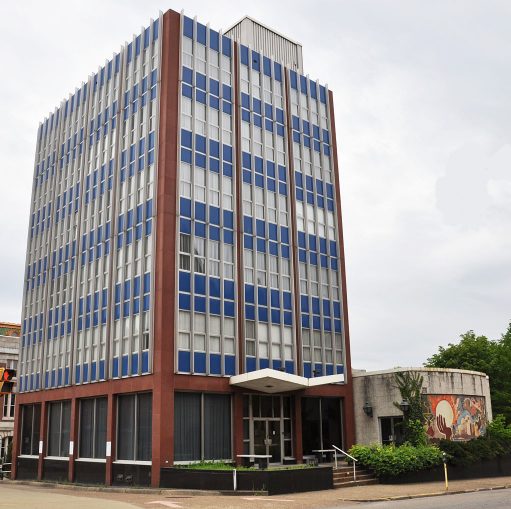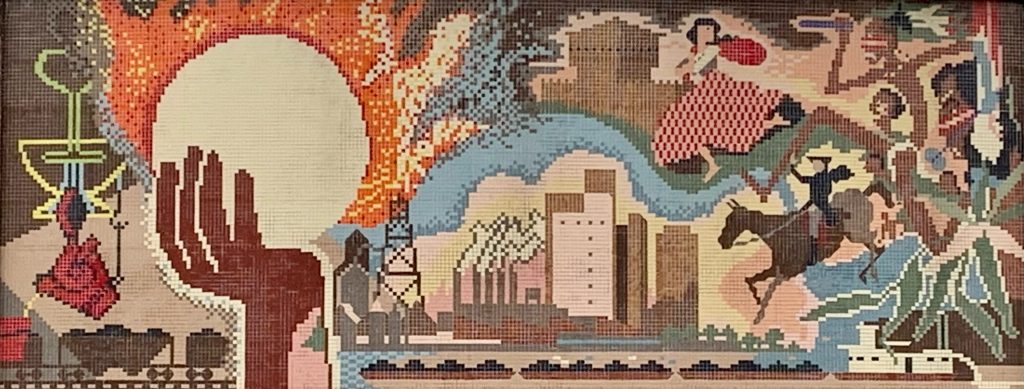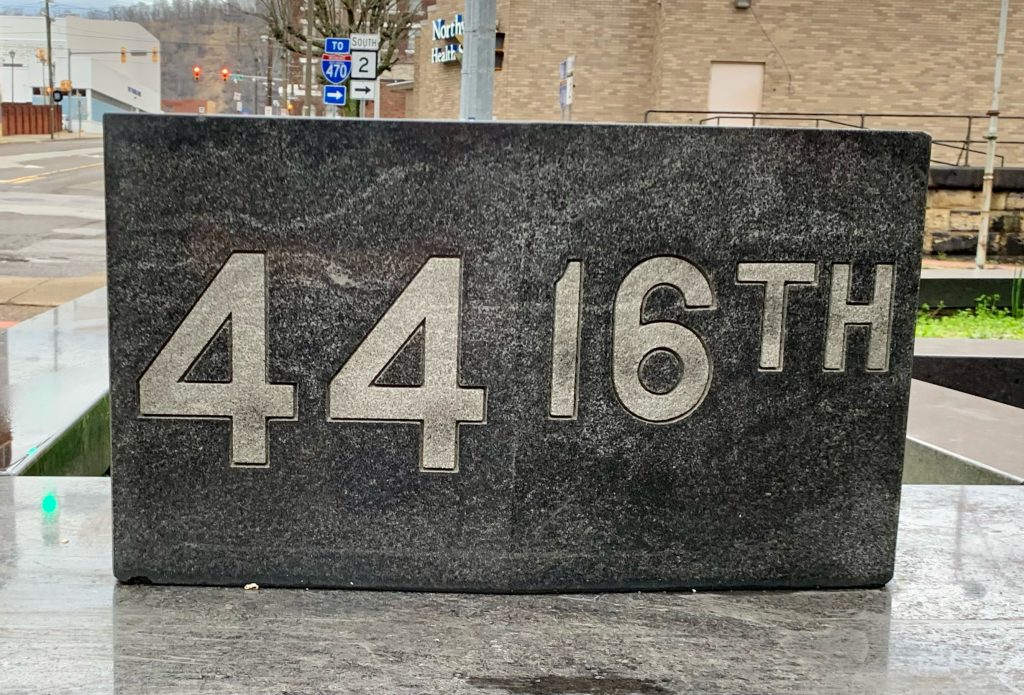Helping Heroes’ $6 million renovation of the Manufacturer’s Light and Heat Building will expand services to local Veterans and restore a vacant, historic property in downtown Wheeling. The property is located at 44 16th Street. The 80-foot tall, six-story building was built in 1961 at a cost of $800,000. The building was designed by Steubenville, Ohio architect John J. Reitz.

A Center for
Veteran Resources
The proposed layout for the building includes non-congregate, emergency shelter rooms, transitional housing apartments, education and training facilities, and administrative and program office space. SSVF assists families in the community as they progress from homelessness to permanent housing and prevents at-risk families from becoming homeless. Transitional Housing provides a safe, free place to live for Veterans who are not yet ready for permanent housing because of complex barriers such as a criminal history, chronic unemployment, substance use, and mental health issues. The Emergency Shelter for Veterans is the first and only local shelter specifically dedicated to serving the “literally unsheltered” Veteran population who are living on the streets, in camps, in their vehicles, and under bridges.
The exterior of the building will be restored, and the overall mid-century modern aesthetic will be unchanged. The art tile mosaic will be preserved as well.

The building was selected because it offers the Veterans that Helping Heroes serves access not only to services provided on site, but also healthcare, education, employment, public transportation, and other community-based services. Resources such as food, banking, and libraries are located at a walkable distance.
“This delightful six-story office structure is a clean-cut and surprisingly colorful expression of its time. Dark umber panels of polished granite contrast with bright blue enamel spandrels, while protruding aluminum mullions provide additional color contrast and a vertical accent. A butterfly canopy over the entrance is a perfect period piece of the 1960s. A one-story side wing, faced with a colorful mosaic framed in concrete aggregate, provides a horizontal contrast to the vertical lines of the office. The mosaic, which depicts the history of Wheeling, portrays Betty Zane rushing to aid the beleaguered troops at Fort Henry, a factory with smoke billowing out of its stacks, the downtown skyline, and much more.” – S. Allen Chambers Jr., SAH Archipedia

